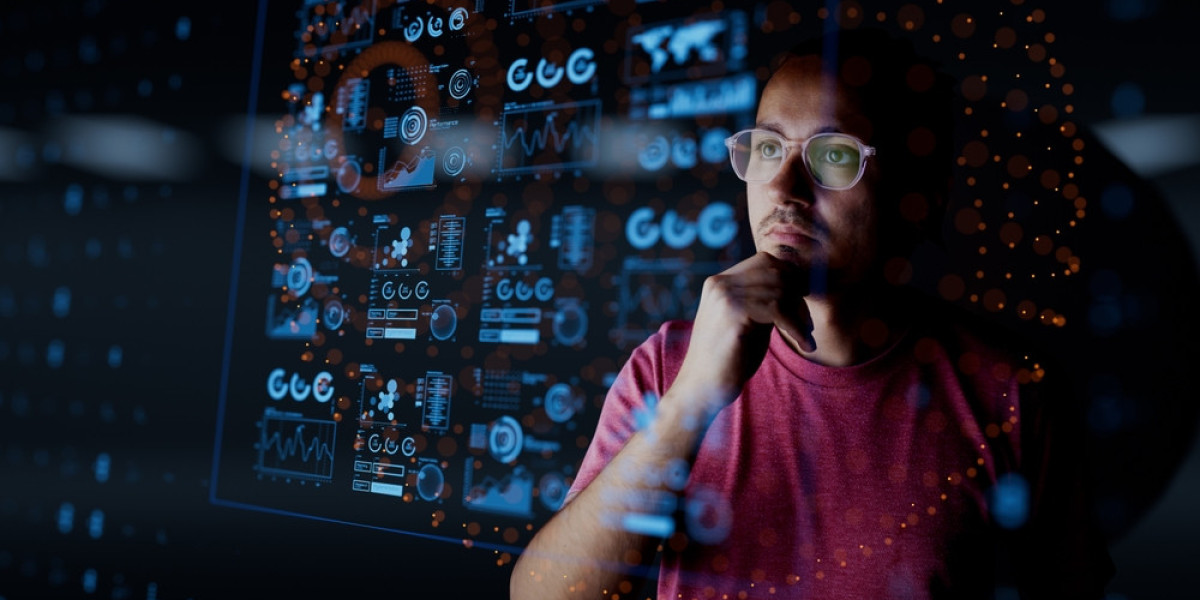The terms “AI undressing” and “undressing AI” have recently entered public discourse amid rising concerns about the misuse of artificial intelligence (AI) technologies. These phrases generally refer to AI-powered tools that create realistic images or videos depicting individuals undressed—without their consent—using sophisticated deepfake techniques.
This troubling phenomenon raises critical questions about privacy, consent, and the ethical boundaries of AI. This article explores what AI undressing is, the technology behind it, the serious ethical and legal implications, and the ongoing efforts to combat misuse, while also clarifying alternative, positive meanings of “undressing AI.”
What Is AI Undressing?
Defining AI Undressing
AI undressing refers to the process of digitally fabricating images or videos that simulate the removal of clothing on individuals, often by manipulating photographs or videos through AI algorithms. These AI-generated images can appear shockingly realistic, making it difficult for viewers to discern real from fake.
Technologies Involved
Most AI undressing applications rely heavily on Generative Adversarial Networks (GANs), a form of deep learning that pits two neural networks—the generator and discriminator—against each other to produce highly convincing synthetic images. Additionally, other deepfake AI tools can alter faces, swap bodies, or simulate movements, compounding the potential for misuse.
Ethical and Legal Implications
Invasion of Privacy and Personal Harm
AI undressing tools pose significant privacy violations. Victims often suffer emotional distress, reputational harm, and harassment. The fabricated images can be weaponized for coercion, blackmail, or cyberbullying. These non-consensual depictions undermine personal dignity and safety.
Legal Landscape and Challenges
While many countries outlaw revenge porn and image-based sexual abuse, laws specifically addressing AI-generated explicit content remain nascent or inconsistent worldwide. Rapid AI advancements challenge existing legal frameworks, creating loopholes that bad actors exploit. Enforcement is further complicated by jurisdictional differences and the anonymous nature of online platforms.
The Technology Behind AI Undressing
How Generative Adversarial Networks (GANs) Work
GANs comprise two neural networks in opposition: the generator creates fake images, and the discriminator evaluates their authenticity. Through iterative training, GANs learn to produce images that can closely mimic real photographs, including realistic textures, lighting, and anatomical details.
Responsible AI Development vs. Malicious Use
The same AI technologies underpinning AI undressing have beneficial applications, such as medical imaging, art creation, and language processing. Responsible AI practitioners emphasize transparency, data privacy, and consent, whereas malicious users weaponize these tools to violate individual rights and propagate misinformation.
Combating AI Undressing Misuse
Industry and Government Initiatives
- Tech companies are investing in AI detection systems to identify deepfakes and manipulated media.
- Social media platforms enforce stricter policies and content moderation to remove AI-generated non-consensual imagery.
- Governments are proposing legislation and international cooperation to criminalize harmful AI-generated content and protect victims.
Tools and Support for Victims
- Users can access reporting mechanisms on platforms to flag abusive content.
- Digital rights organizations offer resources and legal support.
- Emerging AI tools help detect fake images and videos to empower users.
Undressing AI: An Alternative Perspective
Beyond its negative connotations, “undressing AI” can also mean demystifying AI—breaking down complex AI concepts into understandable terms for learners and the public. This educational approach fosters transparency, encourages ethical use, and empowers informed decision-making about AI technologies.
Conclusion
AI undressing represents a disturbing misuse of advanced AI technology, threatening privacy, safety, and trust. As AI continues to evolve, it is essential to balance innovation with robust ethical standards, legal protections, and public awareness.
Through coordinated efforts—legal reforms, technological safeguards, victim support, and education—society can mitigate AI’s risks while harnessing its transformative potential responsibly.
FAQs
Q1: What is AI undressing technology?
AI undressing technology uses AI, especially GANs and deepfake tools, to create fake images or videos that simulate undressing individuals without consent.
Q2: Is AI undressing legal?
Legality varies by jurisdiction. Many places ban non-consensual explicit imagery, but laws specific to AI-generated content are still developing.
Q3: How can victims protect themselves?
Victims should report abusive content, seek legal advice, use platform tools to block offenders, and connect with digital rights organizations.
Q4: What efforts exist to stop AI undressing misuse?
Companies deploy AI detection systems, governments introduce legislation, and social media platforms enforce strict policies against such content.




Love Dua Help 7 w
nice one